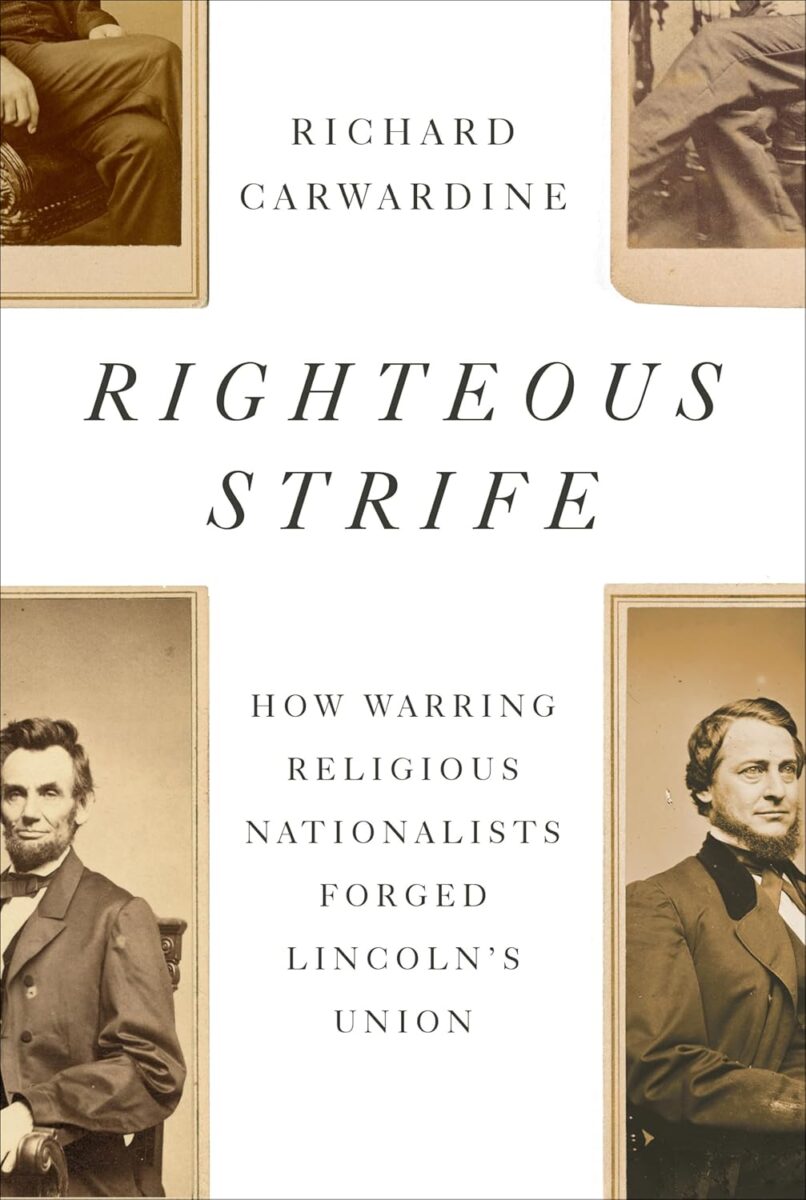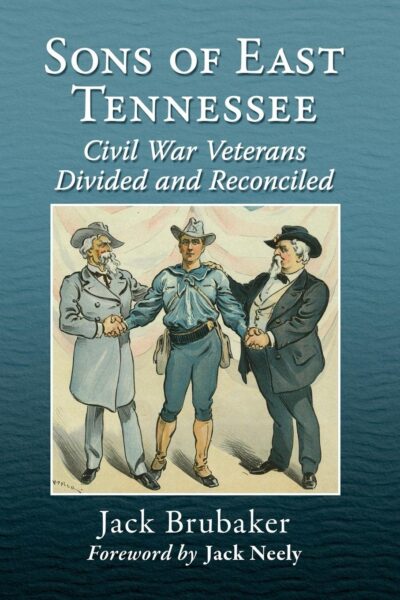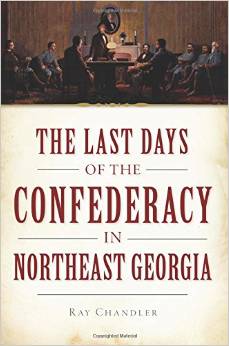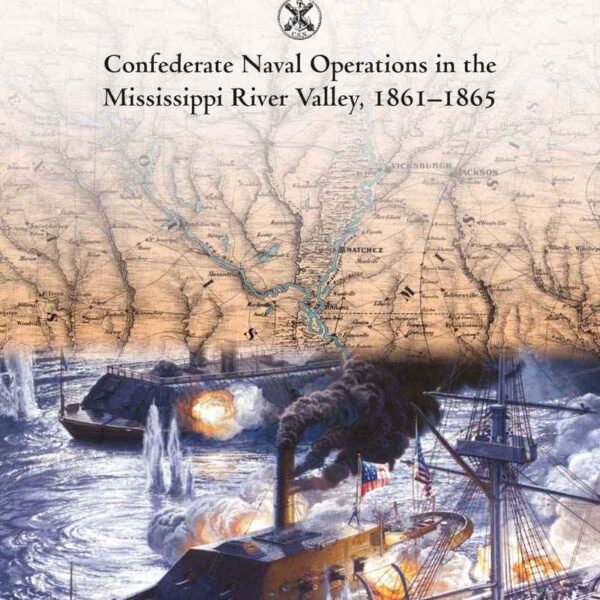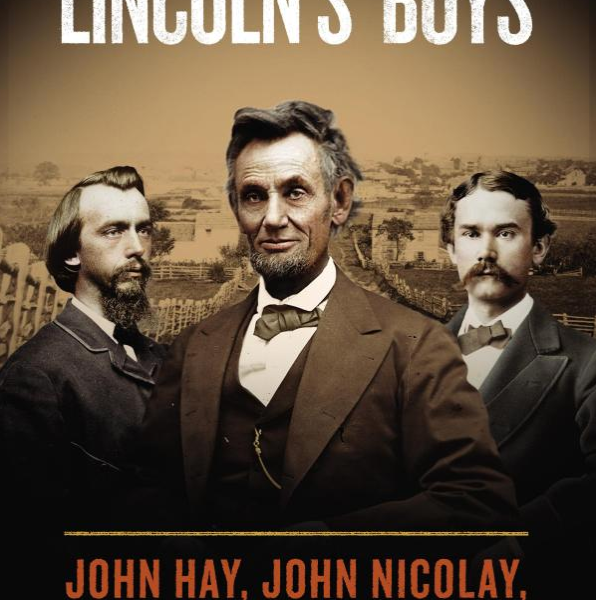Richard Carwardine’s Righteous Strife makes an important contribution to the study of religion and politics in the Civil War era by tracing sectional disagreements to the development of two forms of “religious nationalism.” By this term, Carwardine means “the fusion of religious purpose and nationalist vision, where religious and national identities not only coexist but are mutually reinforcing” (xiii). In Carwardine’s view, mid-nineteenth century Americans’ religious and political beliefs informed one another and were deeply intertwined. More than just slavery, Christianity influenced Americans’ perspectives on nearly every issue, from “blue laws” (restricting certain activities on the Sabbath) to internal improvements and public education. Historians and sociologists have previously employed the concept of civil religion—“a common, unifying, and quasi-religious belief in the nation’s political symbols and founding texts”— in their studies, but Carwardine contends that the religious nationalisms of the Civil War era fostered discord rather than unification (xiii).
The first form of religious nationalism originated with the Whigs and eventually became the guiding philosophy of the Republican Party. These Americans generally embraced an optimistic, postmillennial theology, which held that humanity is steadily progressing toward perfection and that Jesus’s second coming will occur after mankind ushers in the millennium—a thousand-year period of peace and righteousness on Earth. This ideology fostered a strong belief in the ability of American governments and churches to promote political, religious, and material progress. Their conviction manifested in the popularity of state-sponsored internal improvements and the establishment of stable institutions, such as public schools and a national bank. The postmillennial vision of creating a perfect society also extended into the moral domain, with many accepting that the state was responsible for assisting churches in promoting temperance and implementing blue laws. In the 1840s and 1850s, northern evangelicals increasingly perceived slavery as a social evil that would obstruct American progress, subjecting it to political and moral reform. This reformist impulse intensified the sectional arguments over slavery’s morality.
Aligning more closely with the Democratic Party, the second form of religious nationalism adhered to premillennialism, asserting that only Jesus’s second coming, rather than humanity, would bring about perfection on Earth. Conservative evangelicals exhibited greater skepticism regarding humanity’s capacity for progress, especially when such advancements were promoted arbitrarily by governments and so-called “Puritan” New England preachers. Democrats feared that the Whig mentality of progress concealed a pernicious self-righteousness, diverting the nation into quixotic quests for perfection. These quests would ultimately lead to a tyrannical government imposing reforms on unwilling subjects. National banks and internal improvements concentrated state power, enabling elites to manipulate government levers to suppress common farmers. Like Whig business elites, northeastern preachers undermined American individualism by using the state to enforce their moral values. To conservative religious nationalists, the crusade against slavery ignored scripture’s toleration of slavery and represented another misguided scheme devised by northern idealists to impose their will on others.
Carwardine’s book centers on the conflicts between these two groups of religious nationalists. In the first two chapters, these disagreements arise between North and South, but the remainder of the book illustrates how Abraham Lincoln balanced internal competition between conservative and antislavery religious nationalists in the North. In his personal and political lives, Lincoln occupied an uncomfortable middle ground between these two warring religious groups. As a young man, Lincoln expressed skepticism about the miracles of the Bible and leaned toward rational deism; however, Carwardine argues that the Civil War led Lincoln to believe more strongly in the providential narrative surrounding America and abolitionism. While Lincoln aligned more with antislavery religious nationalists, he stayed level-headed and pragmatic by never asserting that he had absolute knowledge of God’s purpose in the Civil War, unlike some of the more self-righteous northern evangelicals. Lincoln’s moderation on political and religious grounds guided his presidency, undermining the arguments of Peace Democrats and allowing him to bring the war to completion.
Carwardine’s emphasis on the essential role of northern evangelicals in framing the Civil War encourages historians to view the postwar era through a religious lens. At the war’s conclusion, he depicts northern Christians as a confident class, elated by the providential eradication of slavery yet eager to reform both white and Black southerners and reintegrate them into the national fold. This depiction renders the eventual disintegration of northern religious reform efforts even more surprising. How could these men and women, who held a strong belief in progress and freedom, allow African Americans to be effectively reenslaved and deprived of their rights? The epilogue alludes to fractures within the evangelical coalition, but few explanations offer a genuinely satisfying answer. Carwardine’s work will hopefully encourage more historians to explore religion’s role beyond the war years and into Reconstruction and the Gilded Age.
Righteous Strife also makes a significant contribution to the Civil War literature by demonstrating the importance of evangelical Christianity in understanding American politics. Too often, Civil War era historians treat religion as a subject siloed off from other areas of analysis, but this perspective belies the reality of nineteenth-century America. White and Black Americans alike of the Civil War generation shaped their worldviews based on Christian principles and beliefs, and churches served as focal points for American communities. By stressing the importance of evangelical Christianity in shaping political decisions and allegiances, Carwardine shows how we can begin to take religion more seriously in studying the Civil War and Reconstruction.
Righteous Strife is not without its flaws. Carwardine’s excessive examples occasionally belabor the point and risk detracting from his otherwise sound argument. Additionally, the introduction and epilogue contain some half-hearted attempts to connect the book’s content to the present day, amounting to little more than glib criticism of today’s Republicans and American evangelicals. Nevertheless, its glossary of terms, broad scope, and extensive source base make it both an accessible introduction for those new to the field and a valuable resource for seasoned scholars. It is an exceptional book that rivals George Rable’s God’s Almost Chosen Peoples (2010) and Harry Stout’s Upon the Altar of the Nation (2006) as the best single-volume overview of religion and the American Civil War.
Joshua Lee Waddell is a doctoral candidate in the Department of History at the University of Georgia. In part, his dissertation seeks to untangle how the widespread American belief that the Civil War was “divinely ordained” influenced political and social attitudes during Reconstruction.
Related topics: Abraham Lincoln
